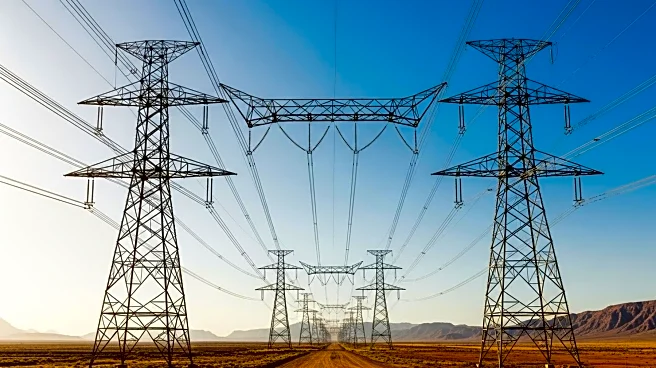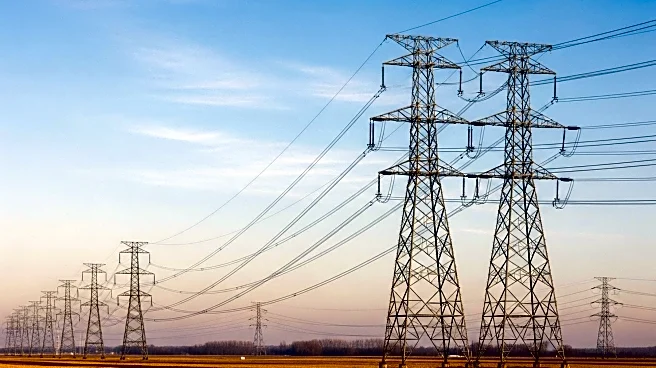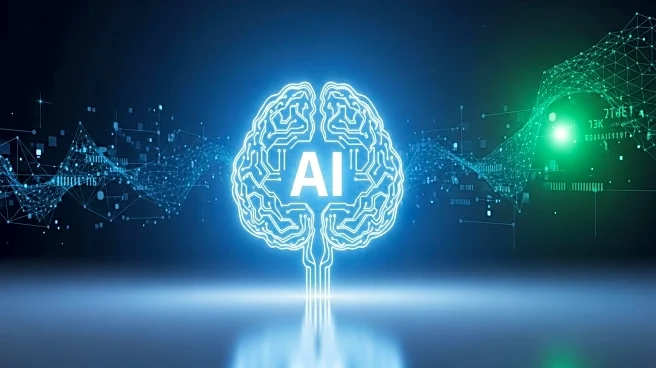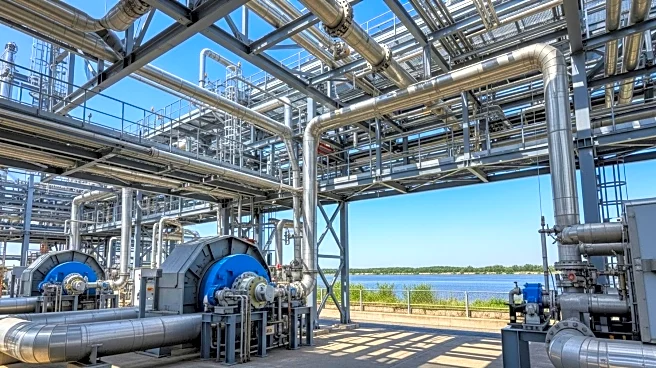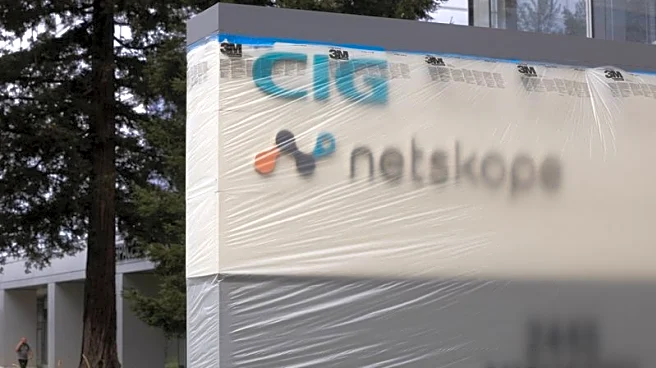What's Happening?
The Federal Energy Regulatory Commission (FERC) has advanced several measures aimed at enhancing the reliability and security of the U.S. bulk power system. Among these is the approval of a new supply chain risk management rule, which expands protections against vulnerabilities from external threats. FERC has also proposed new cybersecurity standards for low-impact systems to prevent coordinated cyberattacks. These measures are part of a broader effort to modernize the nation's power infrastructure in response to growing threats from nation-state actors and global supply chain insecurities. Additionally, FERC is probing the impact of artificial intelligence and data center load forecasting on electricity demand, seeking to ensure that existing practices can accommodate the rapid growth in these sectors.
Why It's Important?
The actions taken by FERC are crucial for safeguarding the U.S. bulk power system against cyber threats and supply chain vulnerabilities. By expanding cybersecurity standards and addressing supply chain risks, FERC aims to protect critical infrastructure from potential espionage and grid disruptions. The focus on AI and data center load forecasting reflects the need to adapt to changing demand patterns, which could significantly impact investment decisions and customer bills. These measures are expected to enhance grid reliability and ensure that the power sector can meet the evolving needs of industrial and commercial customers.
What's Next?
FERC's new rules will become effective within the next 60 days, with further implementation expected over the coming months. The commission is seeking comments on the proposed cybersecurity standards and load forecasting practices, which could lead to additional refinements. The upcoming Data Center Power Exchange Summit will provide a platform for stakeholders to discuss these issues and develop coordinated strategies for managing power demand and improving forecasting accuracy.
Beyond the Headlines
The broader implications of FERC's actions include potential shifts in how utilities and regulators approach cybersecurity and load forecasting. The emphasis on modernizing infrastructure and adopting new technologies could lead to long-term changes in industry practices and regulatory frameworks. Additionally, the focus on AI-driven demand highlights the growing intersection between technology and energy, which may drive further innovation in both sectors.


